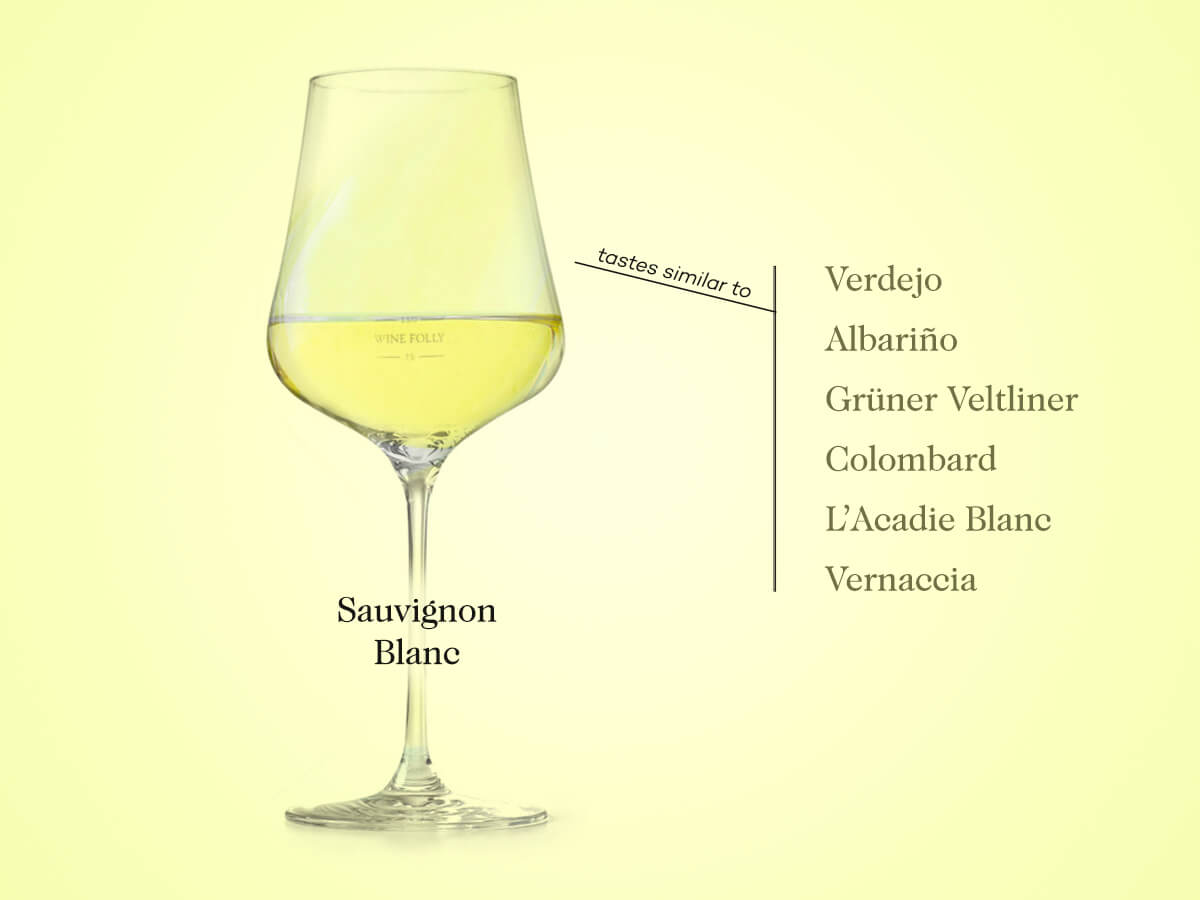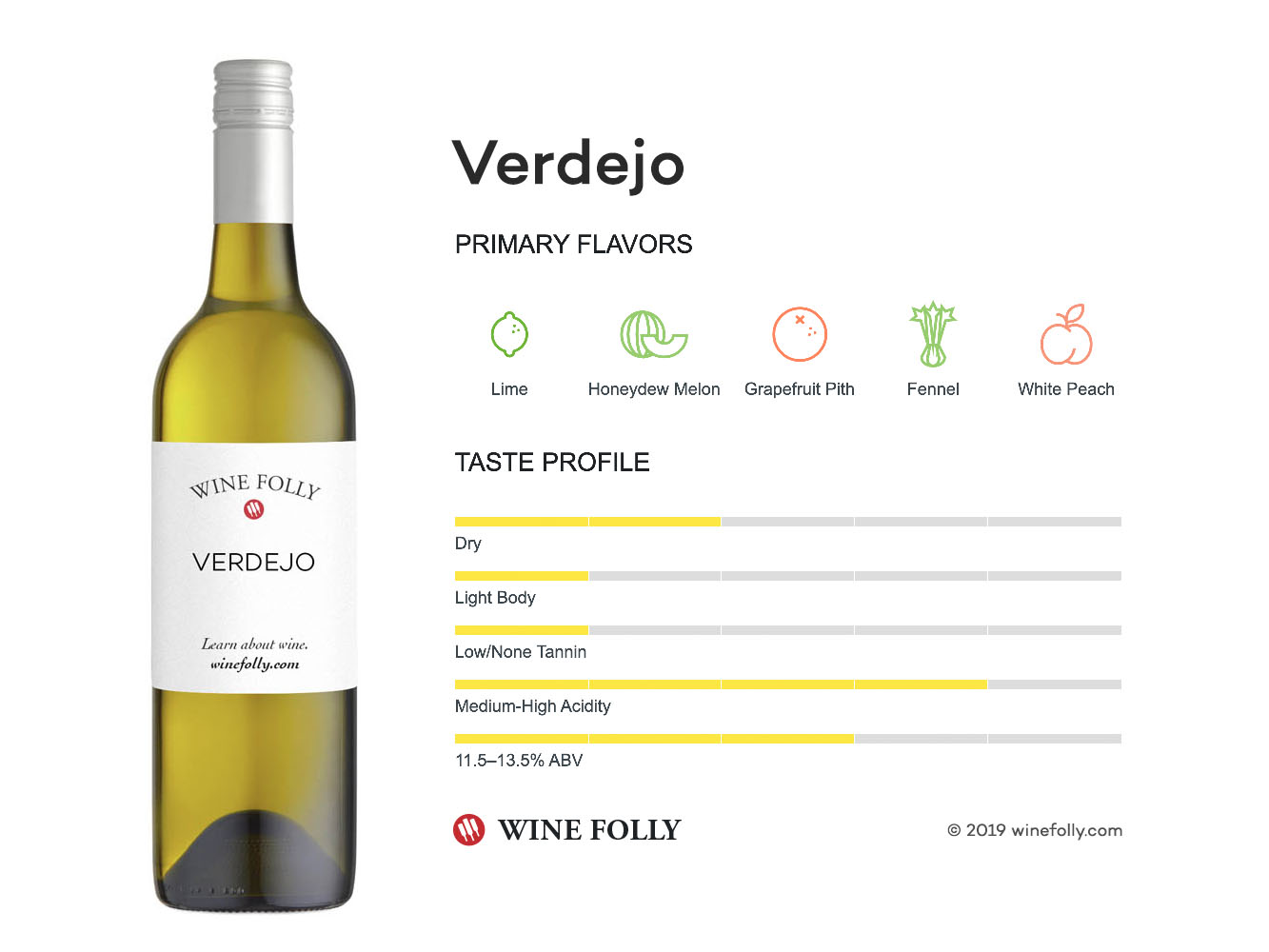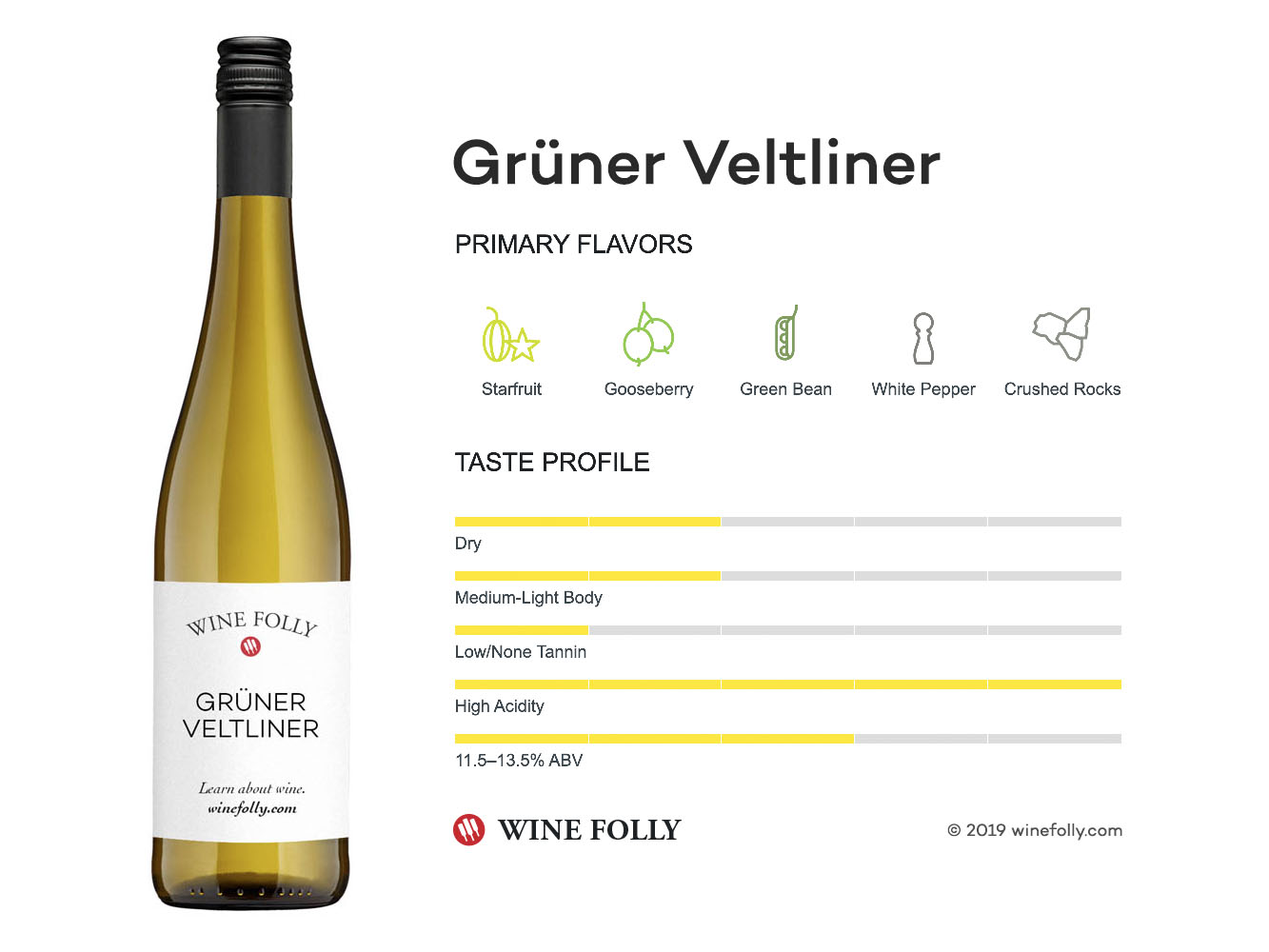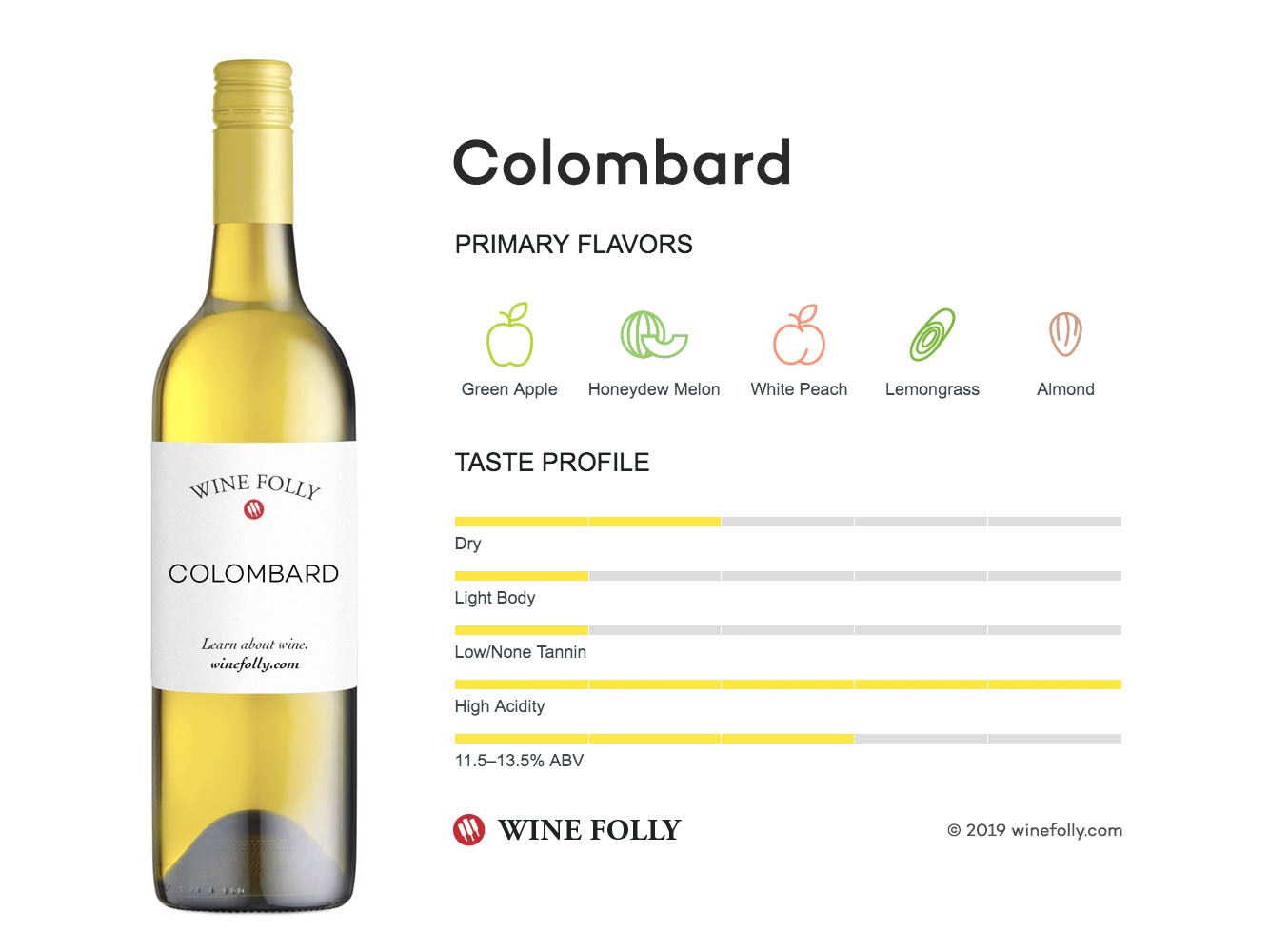Remember the first time the intense aroma of Sauvignon Blanc smacked you in the face? Have you been chasing that in other wines? Then these Sauvignon Blanc substitutes are for you!

What Makes a Great Sauvignon Blanc Substitute?
When it comes to finding an alternative to Sauvignon Blanc, you have to think about what people love about it in the first place.
Two things in particular stick out:
- Acidity: Acid is the key to what makes Sauvignon Blanc such an easy wine to fall in love with. It makes those flavors of melon, gooseberry, and passionfruit taste brighter, and causes your mouth to water.
- Herbal Flavors: Despite the puckering acidity in Sauvignon Blanc, it still retains many peppery, grassy notes that add a lot of savory complexity. This green quality is what sets it apart from many aromatic wines.
We looked for grape varieties with these specific qualities to make up this list of Sauvignon Blanc substitutes. They should help you branch out a bit, while also enjoying those aromas and flavors you’ve fallen in love with!
Verdejo
Found almost entirely in a northwestern region called Rueda, this uncommon white grape is native to Spain.
Why It Works: Verdejo has that zippy lime and grapefruit tone found in some Sauvignon Blanc, but can also have floral aromatics of citrus blossom. While a fresh cut grass note is there, you can sometimes pick up fennel too.
What To Pair It With: Verdejo loves to pair with dishes you would squeeze a citrus wedge over: think tacos or seafood. But if it’s aged in oak, it can handle many cream-based dishes as well.
What To Look For: The rules for the Rueda DO appellation state that only 50% of the wine has to be Verdejo. It’s often blended with Viura, making a softer style. Find the wines that say Rueda and Verdejo on the label to ensure you’re getting that citrus flavor you’re craving.
Albariño
Another great Spanish grape, this one is a little more common, and known in Portugal by the name Alvarinho.
Why It Works: This variety gives you riper flavors of peaches, oranges, and melon, while ensuring you get that revitalizing blitz of tartness.
What To Pair It With: The regions of Spain and Portugal that Albariño is grown in are both near the sea. And was we all know: what grows together, goes together. Try it with scallop ceviche for a real acid trip.
What To Look For Vinho Verde, much like Rueda, can be a blended wine. So keep your eyes peeled for “Alvarinho” right on the label.
Grüner Veltliner
Found largely in Austria, Grüner Veltliner (Groo-ner Velt-leaner) is as fun to say as it is delicious to drink.
Why It Works: What makes GV fun is the spicier flavor profile alongside the revitalizing grapefruit notes. Flavors like those found in spicy greens like arugula, white pepper, or even citrus peel.
What To Pair It With: Have you ever added fresh-squeezed lemon juice to an arugula salad? The sides of your mouth are watering from the tart, and the back of your tongue is tingling from the bitterness. Grüner Veltliner is like that.
These fun, spicy notes make Grüner a great match for Asian cuisine and vegetarian fare. It even pairs with famously difficult to match dishes like artichokes and asparagus.
What To Look For: Regions like the Wachau and Kamptal in Austria are both known for the exceptional quality of their Grüner Veltliner.
Colombard
Traditionally used for brandy production in Armagnac, Colombard can also create its own easygoing, single-varietal wines.
Why It Works: When allowed to ripen fully in areas like California and southwestern France, you get notes of tangerine and peaches that can accompany a high-acid green apple flavor.
What To Pair It With: Just like Sauvignon Blanc, Colombard is a great match for goat cheese salads, sushi, and seafood.
What To Look For: Make sure it’s a single varietal Colombard to get the full effect. Though this grape does blend beautifully with Sauvignon Blanc itself.
L’Acadie Blanc
Created in Niagara, Ontario, L’Acadie Blanc is a hybrid of Cascade and Seyve-Villard, bred to to survive cooler climates like those found in Nova Scotia.
Why It Works: L’Acadie Blanc has that cheek-puckering, mouthwatering tell-tale acidity, but can also showcase a distinct minerality that wines from Sancerre often display.
What To Pair It With: With the highest tidal changes in the world impacting its region, the wine gets a distinct ocean effect, making L’Acadie Blanc ideal for fare like oysters and lobster.
What To Look For: This is one for the true wine geeks out there. It can be tough to get a hold of, but well worth the search!
Vernaccia
Vernaccia is a grape variety with many different clones, but the one that makes the best Sauvignon Blanc substitute comes from Tuscany and the San Gimignano area.
Why It Works: Alongside bright notes of citrus and pear, there’s a slight almond bitterness and a bracing level of acidity. That combination can make it taste similar to that lemon loaf you get at Starbucks.
What To Pair It With: That tart, invigorating feeling makes Vernaccia great for pairing with white meats like roasted chicken and pork tenderloin.
What To Look For: Make sure you’re buying a Vernaccia di San Gimignano. There are enough red and white variations on this grape that you might end up with something that tastes nothing like Sauvignon Blanc!
Variety is the Spice of Life
Sauvignon Blanc is a wine that is worth all the love it receives. But there’s more than one grape variety out there with the drool worthy, punchy aromatics that make it such a classic. So don’t be afraid to get out there and try some of these Sauvignon Blanc substitutes.
Are you a Sauvignon Blanc fanatic? How do these wines compare? What would you recommend as an alternative to this aromatic classic?



